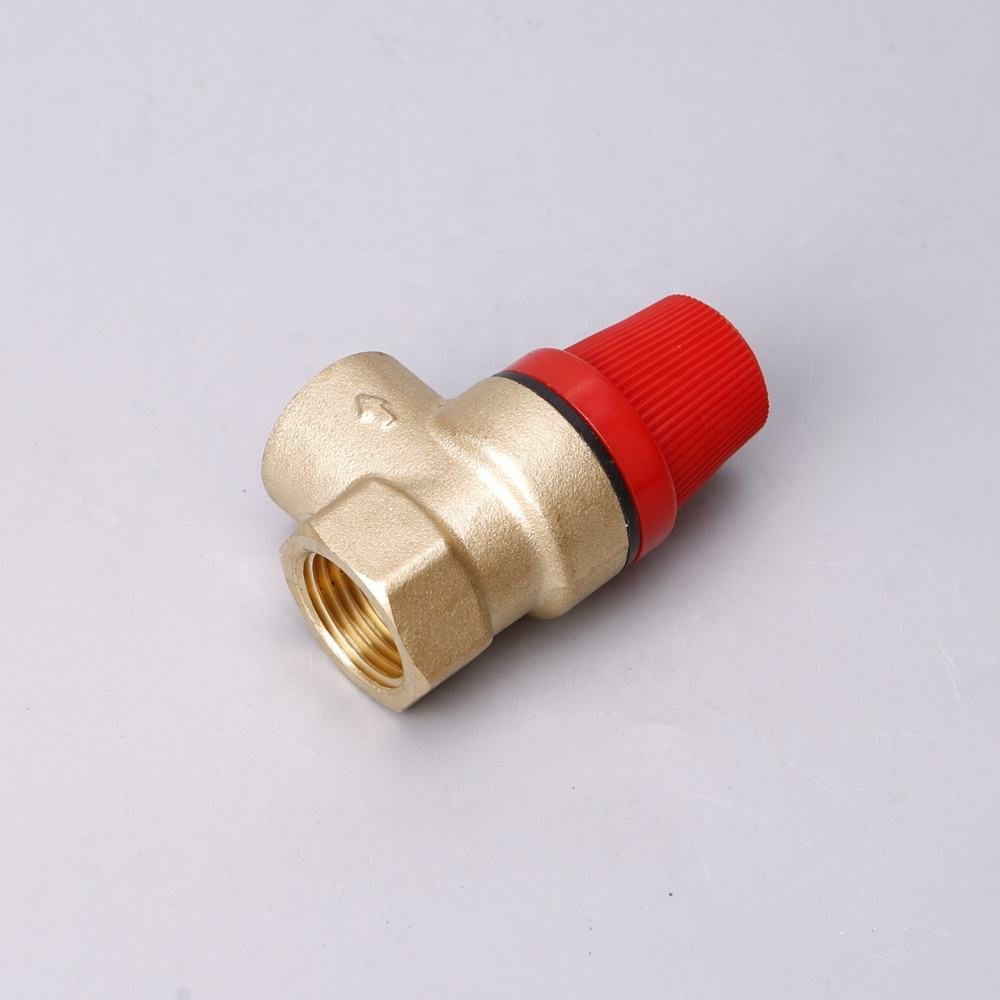Struggling with a pressure relief valve that’s not working right? A faulty valve can cause leaks, high pressure, or even damage your system, leading to costly repairs or safety risks. Don’t worry—adjusting it properly can save you headaches. Read on to learn simple steps to get your valve back on track and keep your system safe.
To adjust a pressure relief valve, locate the valve, usually near the boiler, and turn the adjustment screw clockwise to increase pressure or counterclockwise to decrease it. Use a pressure gauge to monitor changes, ensuring the pressure stays within the manufacturer’s recommended range, typically 1-2 bar for most boilers.
Want to master this process and avoid common pitfalls? Keep reading for detailed steps, troubleshooting tips, and expert advice to ensure your boiler pressure relief valve works perfectly.

How Do You Know If a Hydraulic Pressure Relief Valve Is Bad?
Spotting a bad hydraulic pressure relief valve early can save you from big problems like system failures or dangerous leaks. So, how do you tell if your valve is failing? Look for these signs. First, check for leaks. A leaking pressure relief valve might drip water, especially around the boiler pressure relief valve discharge pipe. This could mean the valve isn’t sealing properly, which is a red flag. For example, a boiler relief valve dripping outside your system often points to internal issues like corrosion or a worn-out seal.
Another sign is irregular pressure. If your system’s pressure gauge shows readings that are too high or too low, the valve might not be regulating pressure correctly. For instance, a pressure relief valve leaking on a combi boiler could cause pressure spikes, damaging pipes or fittings. Strange noises, like hissing or banging, are also clues. These sounds often happen when the valve is stuck or struggling to release excess pressure.
Finally, test the valve manually. Most valves have a test lever—lift it gently to see if water flows out and stops when you release it. If it doesn’t work smoothly or keeps leaking, it’s time for a boiler pressure relief valve replacement. Ignoring these signs can be risky. A leaking pressure relief valve dangerous? Yes, it can lead to water damage, reduced efficiency, or even boiler failure. Regular checks and maintenance can prevent these headaches. At IVALVECRAFT, our brass safety valves are built to last, ensuring stable performance for your system.
What Are the Two Types of Relief Valves Used in Hydraulics?
When it comes to hydraulic systems, not all pressure relief valves are the same. There are two main types used in hydraulics: direct-acting relief valves and pilot-operated relief valves. Knowing the difference can help you choose the right one for your setup, avoiding issues like pressure relief valve leaking outside or system inefficiencies.
Direct-acting relief valves are simple and reliable. They use a spring to hold a poppet or ball against a seat. When system pressure exceeds the spring’s force, the valve opens to release excess pressure. These valves are great for smaller systems or applications with steady pressure, like in some boiler pressure relief valve setups. They’re quick to respond, making them ideal for protecting against sudden pressure spikes. However, they can wear out faster in high-flow systems, leading to problems like a boiler relief valve dripping. At IVALVECRAFT, our direct-acting brass safety valves are designed for durability, ensuring long-term performance.
Pilot-operated relief valves, on the other hand, are more complex but perfect for larger systems. They use a small pilot valve to control a larger main valve. When pressure hits the set limit, the pilot valve opens, reducing pressure on the main valve, which then opens to relieve excess pressure. These valves handle high flow rates better and are more precise, making them common in industrial setups. However, they’re more sensitive to dirt or debris, which could cause a pressure relief valve leaking on a combi boiler. Regular maintenance and high-quality components, like those from IVALVECRAFT, can keep them running smoothly.
Choosing between these valves depends on your system’s needs. For example, a boiler pressure relief valve location in a high-pressure system might call for a pilot-operated valve, while a smaller setup might do fine with a direct-acting one. Both types, when properly maintained, prevent dangerous issues like leaks or pressure surges.
Summary
Adjusting a pressure relief valve is straightforward once you know the steps—locate the valve, tweak the adjustment screw, and monitor pressure with a gauge. Recognizing a bad valve, like one causing a leaking pressure relief valve dangerous or a boiler relief valve dripping, is key to avoiding system damage. Understanding the two types of hydraulic relief valves—direct-acting and pilot-operated—helps you pick the right one for your needs. With proper care, your boiler pressure relief valve can keep your system safe and efficient. For top-quality valves, trust IVALVECRAFT’s range of brass safety valves and pressure reducing valves, designed for reliability.
Choose IVALVECRAFT, choose reliable partner, enjoy the high quality and best service.


